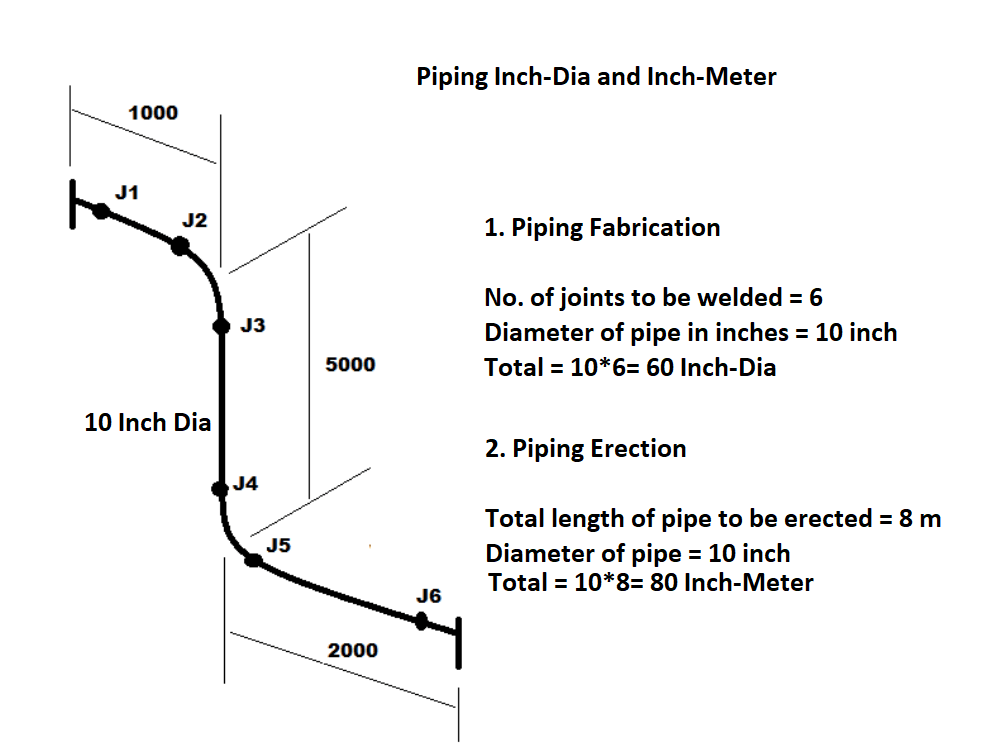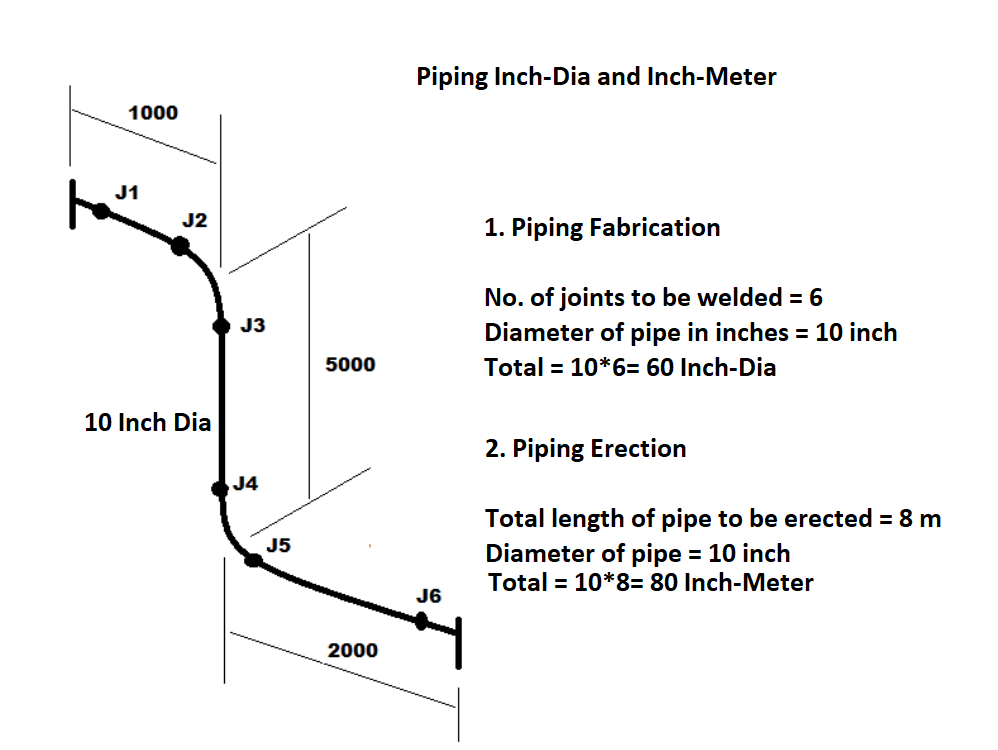Lost your password? Please enter your email address. You will receive a link and will create a new password via email.
Please briefly explain why you feel this question should be reported.
Please briefly explain why you feel this answer should be reported.
Please briefly explain why you feel this user should be reported.
What is operating basis earthquake [OBE]?
Operating basis earthquake is a level of ground motion where the features of the nuclear power plant are required for continuing the operation. The component should function during OBE without undergoing any deformation. The level of ground motion of OBE is evaluated based on local geology, seismoloRead more
Operating basis earthquake is a level of ground motion where the features of the nuclear power plant are required for continuing the operation. The component should function during OBE without undergoing any deformation. The level of ground motion of OBE is evaluated based on local geology, seismology and subsurface characteristics. The nuclear power plant is under operation during OBE. If this level of earthquake is exceeded, the plant should be shut down and inspected for any damages had occurred. The plant should restart only after obtaining the “fit for operation” certificate. The peak ground acceleration of this type of earthquake should not be less than 0.05 g in the horizontal direction. The estimated return period is 100 years.
See lessWhat is Inch Meter Piping?
An inch meter is a measure of the quantum of piping erection in a construction project. The formula for Inch Meter is as follows. Formula: Pipe Diameter in Inch $ \times \, $ Length of pipe in meters. An inch Meter is used to express the quantum of hydro test in a piping system.
An inch meter is a measure of the quantum of piping erection in a construction project. The formula for Inch Meter is as follows.
Formula: Pipe Diameter in Inch Length of pipe in meters.
Length of pipe in meters.
An inch Meter is used to express the quantum of hydro test in a piping system.

See lessWhat is meant by Inch-Dia in piping?
An Inch diameter is a measure of the quantum of welding works in joining the pipelines of a construction project. The formula for Inch-Diameter is as follows. Formula: Pipe Diameter in Inch $ \times \, $ Number of joints.
An Inch diameter is a measure of the quantum of welding works in joining the pipelines of a construction project. The formula for Inch-Diameter is as follows.
Formula: Pipe Diameter in Inch Number of joints.
Number of joints.

See lessWhat is the meaning of 1x in vibration analysis?
Consider a pump is running at 3000 RPM i.e. 50 revolutions per second or 50 Hz. If the impeller of the pump is having static imbalance, the pump generates the vibration at 50Hz. Since the frequency of vibration is the same as the RPM of the pump, the frequency of vibration is expressed as 1 \times RRead more
Consider a pump is running at 3000 RPM i.e. 50 revolutions per second or 50 Hz. If the impeller of the pump is having static imbalance, the pump generates the vibration at 50Hz. Since the frequency of vibration is the same as the RPM of the pump, the frequency of vibration is expressed as 1 \times RPM. Similarly, if the pump is having radial misalignment with the motor, the pump will vibrate at 100 Hz frequency. Hence its frequency of vibration is 2 \timesRPM. It is very meaningful to represent the vibration of a fault in terms of RPM. 1\times represents the frequency of vibration of equipment (due to fault) in terms of its RPM.
See lessWhy measuring phase in vibration is important?
Phase angle represents the relative position of a vibrating object with respect to a fixed point or with respect to another vibrating object. Consider the following example where object-1 is moving up and simultaneously object-2 is moving down from their mean equilibrium position. The motion of objeRead more
Phase angle represents the relative position of a vibrating object with respect to a fixed point or with respect to another vibrating object. Consider the following example where object-1 is moving up and simultaneously object-2 is moving down from their mean equilibrium position. The motion of objects is plotted in the curve shown below. The horizontal gap between the peaks of the two curves is 180 degrees. Hence the phase angle between these two objects is 180 degrees which tells that the two objects are moving in opposite directions to each other.
Figure: Physical significance of phase angle.
See lessWhen to use displacement, velocity and acceleration?
Displacement is used to express vibration severity when the vibration frequency is less than 600 CPM (Cycles Per Minute) or 10Hz. Because the dominant mode of equipment failure at low range frequency is stress. The displacement or deflection of an object is directly proportional to stress. $ \sigmaRead more
- Displacement is used to express vibration severity when the vibration frequency is less than 600 CPM (Cycles Per Minute) or 10Hz. Because the dominant mode of equipment failure at low range frequency is stress. The displacement or deflection of an object is directly proportional to stress.
 (From Hook’s Law)
(From Hook’s Law)
 (
( represent the displacement of an object from its mean equilibrium position)
represent the displacement of an object from its mean equilibrium position)
- Velocity is used to express vibration severity when the vibration frequency is in the range of 600 to 120,000 CPM or 10 to 2000 Hz. Because the dominant mode of equipment failure at medium-range frequencies is fatigue. Fatigue is a function of displacement-magnitude and its frequency. Velocity is also a function of displacement and time (Time=1/Frequency). Since velocity is the indicator of fatigue, velocity is used to express the vibration severity at medium-range frequencies.
- Acceleration is used to express the vibration severity when the vibration frequency is greater than 120,000 CPM or 2000 Hz. Because the dominant mode of failure at high frequencies is due to force. From Newton’s second law of motion, force is expressed as the product of mass and acceleration. Acceleration is proportional to the force. Indirectly, acceleration is representing the force. Generally, faults in the bearings occur at high frequencies.
See lessWhat are the benefits of measuring vibration velocity instead of vibration displacement?
Machinery vibration is measured in terms of displacement(microns), velocity(mm/s) and acceleration($ m/s^2) $). But velocity is the preferred parameter for measuring machinery vibration because most of the equipment failure during vibration is due to fatigue. (Fatigue failure occurs when an object iRead more
Machinery vibration is measured in terms of displacement(microns), velocity(mm/s) and acceleration( ). But velocity is the preferred parameter for measuring machinery vibration because most of the equipment failure during vibration is due to fatigue. (Fatigue failure occurs when an object is subjected to repetitive or cyclic loads). For example, consider a metal wire, when you try to break it by applying tension, it requires a good amount of load to fail it. But the same wire when subjected to and fro deflection or displacement, requires relatively less load to fail the wire. This is due to fatigue. Fatigue life depends on how much an object is deflected and its frequency of deflection. Metal wire fails early if the magnitude of deflection and its frequency is high. The vibration parameter that considers both displacement and frequency is velocity since velocity is the product of frequency and displacement.
). But velocity is the preferred parameter for measuring machinery vibration because most of the equipment failure during vibration is due to fatigue. (Fatigue failure occurs when an object is subjected to repetitive or cyclic loads). For example, consider a metal wire, when you try to break it by applying tension, it requires a good amount of load to fail it. But the same wire when subjected to and fro deflection or displacement, requires relatively less load to fail the wire. This is due to fatigue. Fatigue life depends on how much an object is deflected and its frequency of deflection. Metal wire fails early if the magnitude of deflection and its frequency is high. The vibration parameter that considers both displacement and frequency is velocity since velocity is the product of frequency and displacement.
See lessWhat are the characteristics of vibration?
Since the vibratory motion of an object is characterized by a waveform, the vibration has similar characteristics to a wave. Vibration has 5 characteristics as follows. Frequency Displacement Velocity Acceleration Phase
- Since the vibratory motion of an object is characterized by a waveform, the vibration has similar characteristics to a wave. Vibration has 5 characteristics as follows.
- Frequency
- Displacement
- Velocity
- Acceleration
- Phase
See lessWhat is EN 24 material?
It’s a medium carbon steel having composition as shown in figure below. EN 24 is not a stainless steel because the chromium percent is less than 10 $ % $. It is a medium carbon steel since EN 24 consists of 0.4% carbon. EN 24 have good tensile strength due to adequate carbon presence but poor toughnRead more
It’s a medium carbon steel having composition as shown in figure below.
EN 24 is not a stainless steel because the chromium percent is less than 10 . It is a medium carbon steel since EN 24 consists of 0.4% carbon. EN 24 have good tensile strength due to adequate carbon presence but poor toughness. To get toughness, FCC (Face Centered Cubic) element i.e., Nickel is added as an alloying element. Nickel refines the grain size by blocking the grains from becoming larger and coarser during heating. Fine grains have higher toughness as compared to coarser grains. EN 24 is heat treatable and its hardenability is enhanced by adding Chromium as an alloying element. Manganese is used to remove impurities like oxygen and sulphur from the iron ore hence trace amounts will be left over in the final metal.
. It is a medium carbon steel since EN 24 consists of 0.4% carbon. EN 24 have good tensile strength due to adequate carbon presence but poor toughness. To get toughness, FCC (Face Centered Cubic) element i.e., Nickel is added as an alloying element. Nickel refines the grain size by blocking the grains from becoming larger and coarser during heating. Fine grains have higher toughness as compared to coarser grains. EN 24 is heat treatable and its hardenability is enhanced by adding Chromium as an alloying element. Manganese is used to remove impurities like oxygen and sulphur from the iron ore hence trace amounts will be left over in the final metal.
See lessWhat is the difference between a Screw Feeder and a Screw Conveyor?
Screw Feeder Screw Conveyor The screw feeder is designed to handle bulk material. Screw Conveyor also is designed to handle bulk material A screw feeder is designed to feed a metered quantity of bulk material. The screw conveyor is designed to move the feed from one place to other. Generally, it isRead more